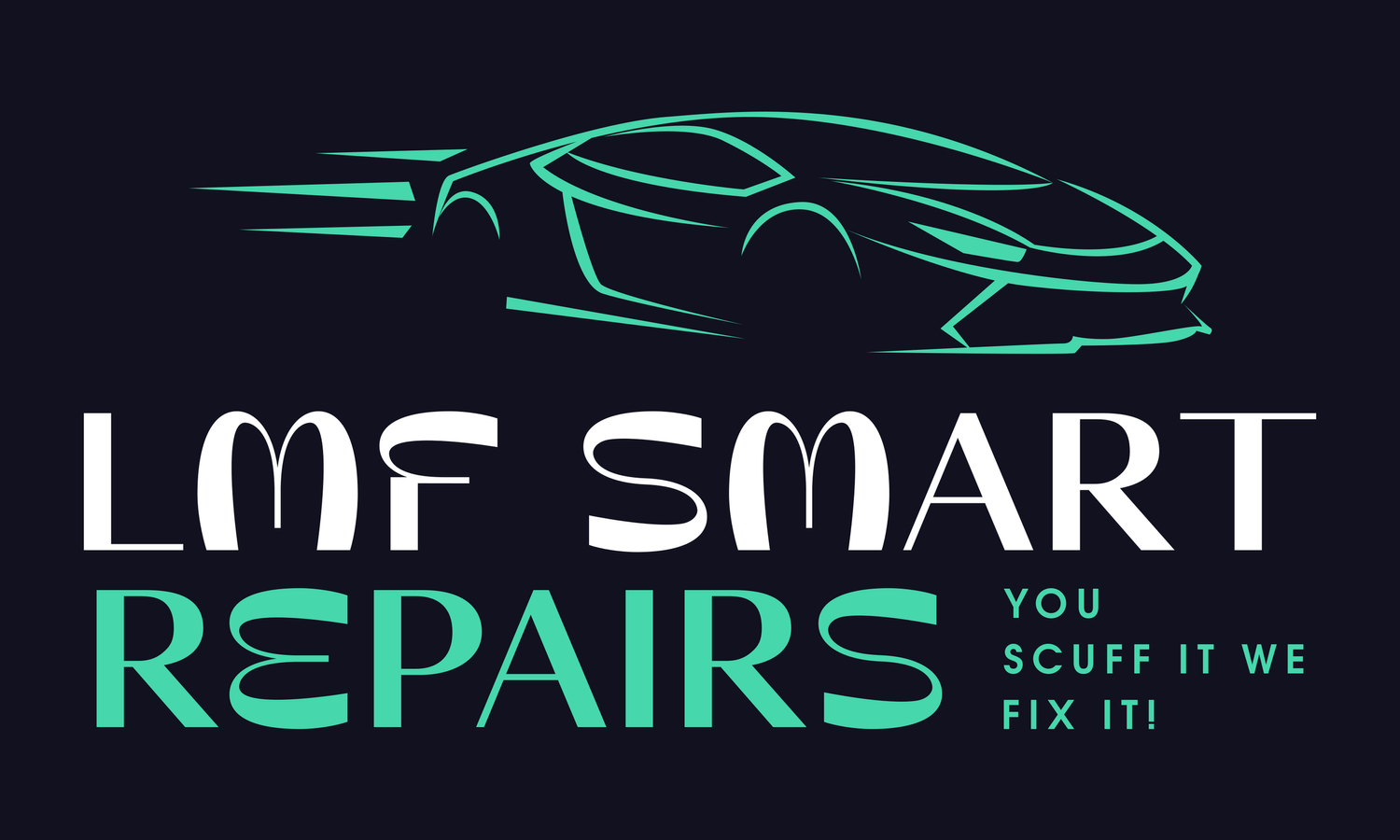Besides looking presentable, the myriad different functions of the bodywork of a car means that it is imperative it is carefully maintained and professionally repaired at a body shop if something goes wrong.
In recent years, bodywork has often been connected to diagnostic and functional sensors, can open and close in unique ways and is used to act as an aerodynamic aid, improving fuel economy and mileage for electric vehicles.
However, some cars have more unique and ambitious plans for their bodywork than others, and one of the most ambitious of these was a vehicle that promised to be five cars in one.
The Citroen C3 Pluriel was a soft-top convertible hatchback with five separate modes; alongside a conventional convertible, there was a cabriolet mode, a spyder mode, a targa and even an extremely small pickup truck.
This was made possible through various configurations of its removable roof pillars, which could be left in place or taken out for particularly bright days.
However, there was one catastrophic design blunder; the multiple modes all required parts of the car to be removed, but unlike a conventional convertible with a removable roof, the parts do not actually fit in the car properly.
Specifically, if you choose to remove the pillars, they either need to stay at home, rest on the passenger seat or be towed behind you in a trailer.
None of these solutions is necessarily practical when it rains, and the troublesome process of detaching the pillars means that a lot of owners prefer to keep them on. Even when left up in its hatchback mode, the Pluriel tended to let in water.
Finally, if there are problems or the car happens to roll over in a crash, fixing the roof can be complex and require a specialist.
Ultimately, it became something between a quirky curiosity and an impractical joke, and the idea of a five-in-one car has never been attempted since.
